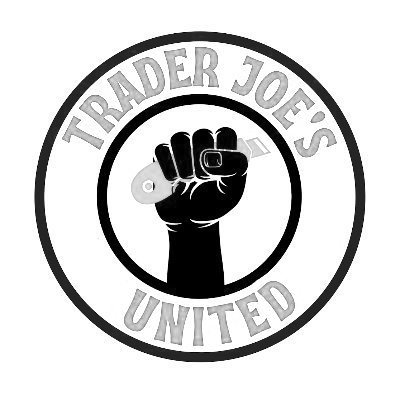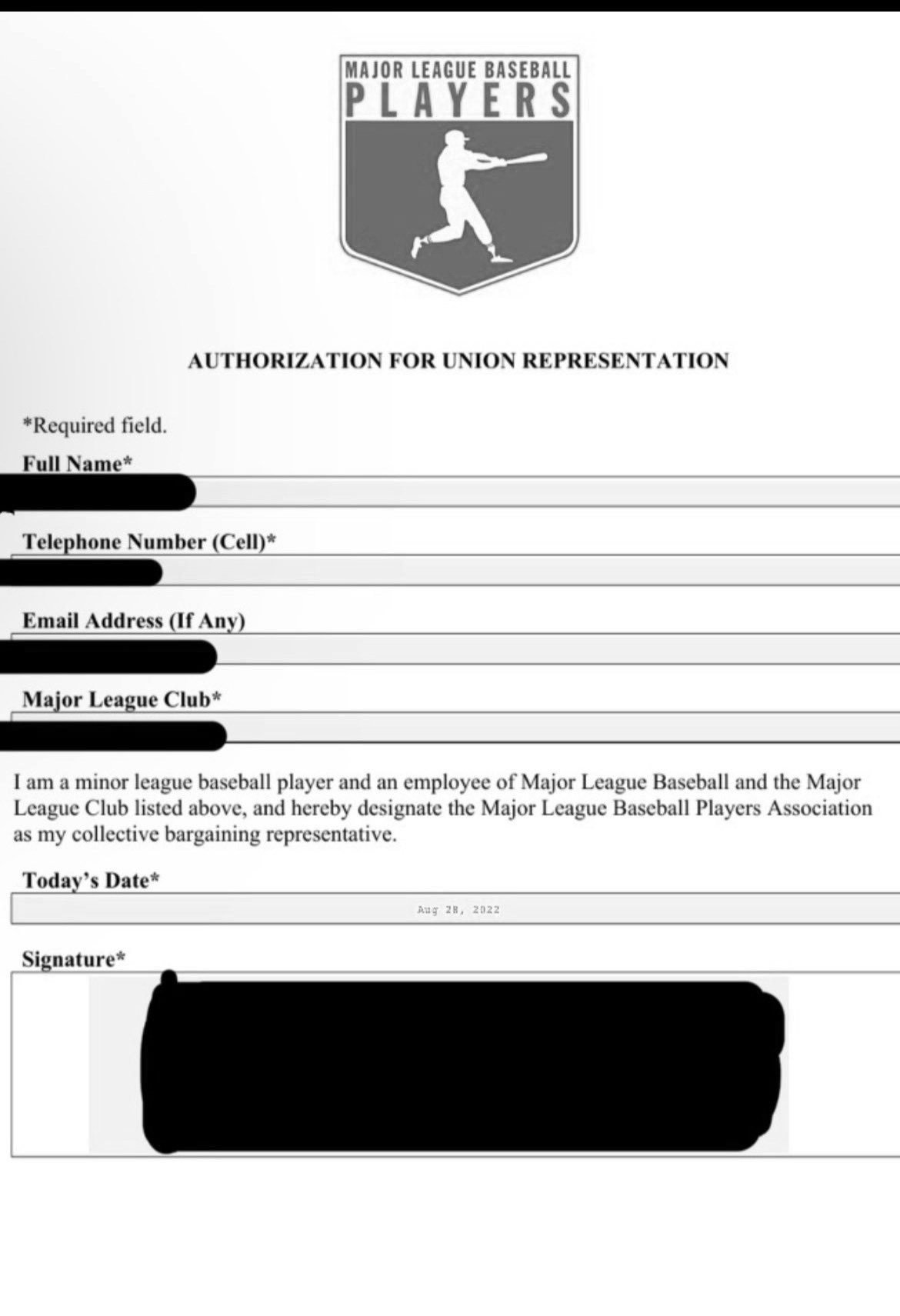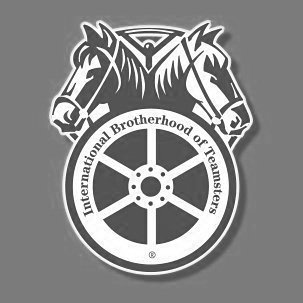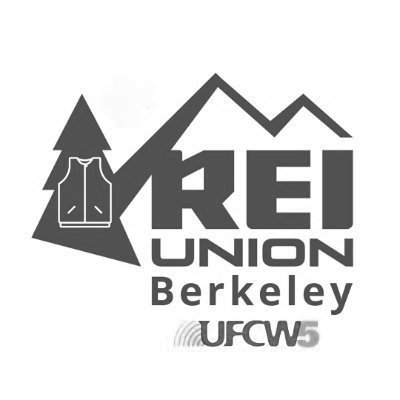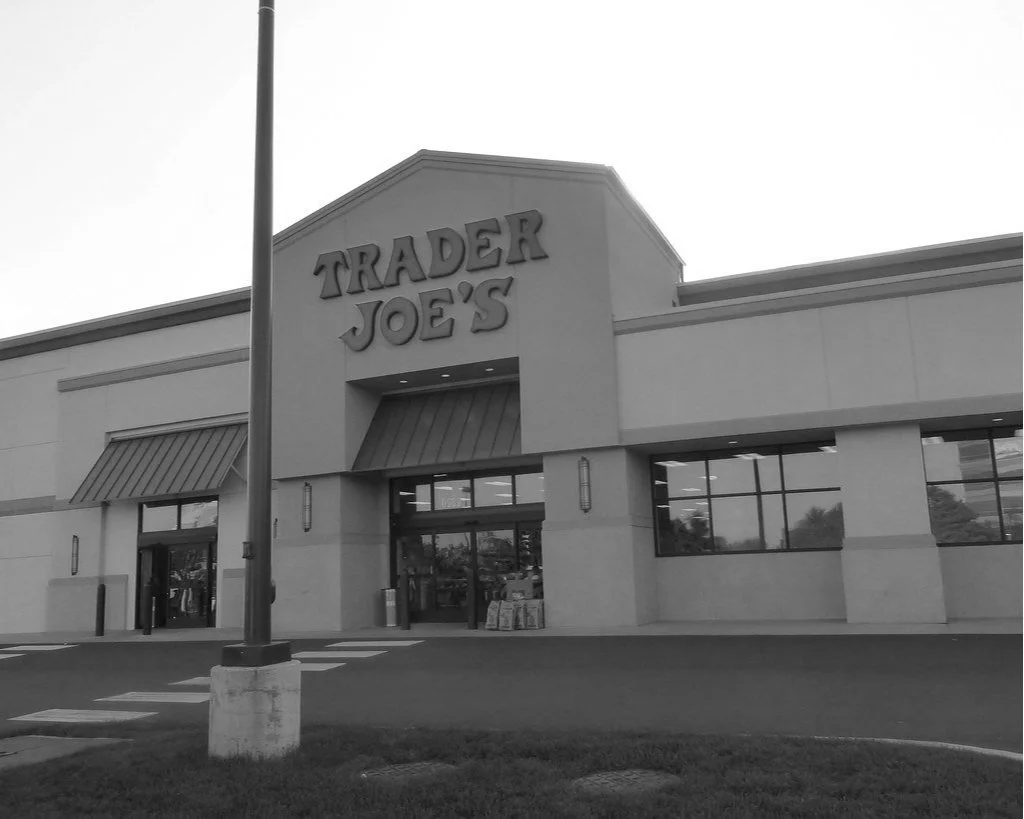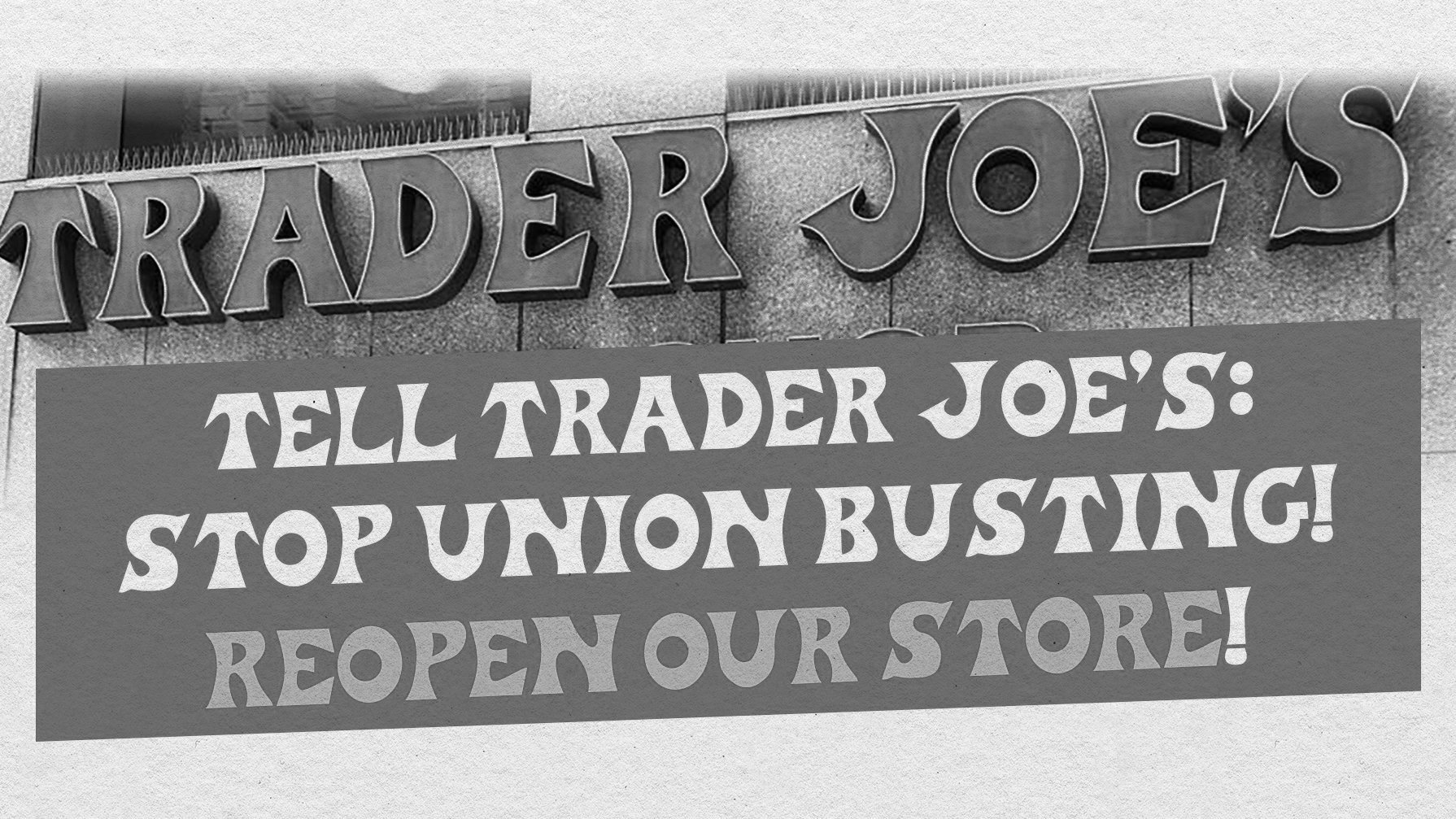Minor League Baseball Organizes
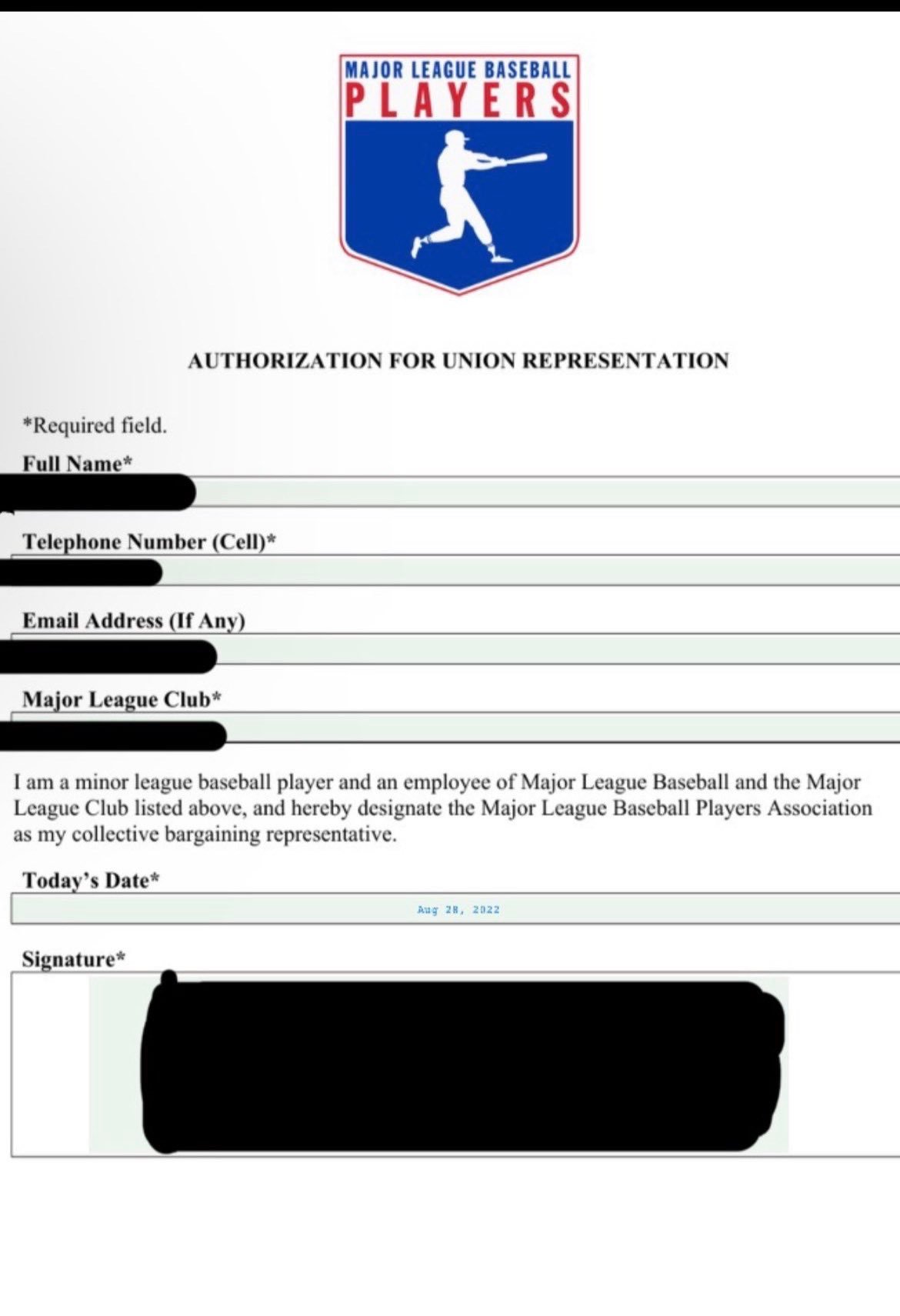
Union authorization cardIs a great leap forward on deck for labor rights in minor league baseball? The MLBPA, baseball’s union, distributed union authorization cards to minor leaguers on 8/28. The union, which currently represents only major leaguers, would be looking at a considerable bump in membership if the unionizing drive is successful, from 1,200 to about 5,000.
The labor rights of minor leaguers have long been overlooked. While widely-regarded as an effective negotiator for its major league membership, the MLBPA has also been branded a “union for the few at the expense of the many.” In a statement released on 8/29, the MLBPA signaled a shift:
“Minor Leaguers represent our game’s future and deserve wages and working conditions that befit elite athletes who entertain millions of baseball fans nationwide,” MLBPA Executive Director Tony Clark said. “They’re an important part of our fraternity and we want to help them achieve their goals both on and off the field.”

The draft authorization cards represent the first step in the unionizing process. Minor leaguers will indicate whether they desire union representation, or not. If 30% of respondents signal in the affirmative, the second step in the process is to call for a vote to officially recognize the union as the collective bargaining unit of the minor leaguers.
The second step in the process can proceed with or without the cooperation of Major League Baseball. If the MLB chooses, it can voluntarily recognize the union, pending the results of the union authorization cards.
If the MLB does not voluntarily recognize the union (and the players have hit the 30% mark in the first step), then the vote will proceed regardless, officiated by the National Labor Relations Board. With over 50% of the vote, the players can win their union.

Who gets a slice?A new membership of over 6,000 members would significantly increase the bargaining power of the MLBPA. Bringing in “scab” replacement players from the minors is a common ownership strategy to break strikes in the majors. With a unified strategy between the majors and the minors, the MLBPA would preemptively outflank ownership in strike scenarios.
But the influx of new, and different, members can bring its own challenges. The Athletic’s Evan Drellich spoke to Kate Bronfenbrenner, director of labor education research at Cornell’s School of Industrial and Labor Relations, about the promise and the pitfalls associated with unions that combine workforces with a degree of different professional characteristics.
[ED] The MLBPA is potentially going to bargain two different contracts and have two different units, one for major leaguers and one for minor leaguers. Is that tricky?
[KB] Very common. It’s tricky in that — this happens in healthcare all the time. A union will represent the RNs and the service and maintenance employees, nurse aides. And of course the RNs have a very different dynamic than the hospitals’ housekeepers or things like that. And there is a policy under the NLRB that if you want to combine the units, that both groups have to agree to do that. Because sometimes the workers might feel like the professionals — this would be the major league versus the minor leagues — have too much power, and the union is going to represent their interests more than others.
But the tendency is to try to get all the workers organized in one employer, because it increases your power. The major leagues have more power if the minor leagues are organized and the minor leagues have more power if the major leagues are organized. And if they can schedule job actions together, and organizing together, and where they have common grievances, they fight them together, that gives them more power. If they are divided and fighting each other, then that’s going to weaken both unions.
Before negotiations, however, the MLBPA needs to find out whether it can hit the 30% mark on the union authorization petition. The barriers it faces are common to many union drives in workforces with high turnover. The average time spent in the minor leagues is roughly two and a half years. Unless the MLB experiences a Scroogian-like transformation on Christmas morning, two and a half years is not a wild estimate for how long this process could stretch out. But the MLBPA can count on a pro-union political climate to make the case to incoming baseball recruits even as many former hopefuls depart. Stay tuned as the story develops.
Bandcamp workers unveil their union effort as Bandcamp United.
The members of the Harper Collins Union voted to ratify a new contract.
The Harper Collins Union membership will review terms with eye toward ratification.
The workers at HarperCollins have reached Day 62 of their strike.
The workers at HarperCollins have reached Day 20 of their strike; open letter from CEO.
The HarperCollins strike deadline has been pushed back to 11/10, after the midterms.
Workers at the Columbus Museum of Art voted to form a union in affiliation with AFSCME Council 8.
The workers at publisher HarperCollins have authorized their second strike in 2022.
The workers at the Philadelphia Museum of Art won their contract after a 19-day strike.
Amazon suspends at least 50 workers at a Staten Island warehouse in retaliation for a union-organized work-stoppage.
The PMA Union hits the week milestone on its strike for a contract on Sunday.
The workers at a Williamsburg, Brooklyn location of Trader Joe’s file a petition to unionize.
And just like that, after 120-years of infamously awful working conditions, minor league baseball has a union.
Workers at the Philadelphia Museum of Art launched a one-day strike on Friday to call attention to stalled contract negotiations.
The Trader Joe’s union in Boulder, CO has filed charges with the NLRB to call out the supermarket chain’s alleged use of a long menu of illegal, union-busting tactics.
Hump Day News rounds up a list of Amazon locations engaged in the struggle to unionize.
The Philadelphia Museum of Art Union says enough is enough, authorizes strike.
Is a great leap forward on deck for labor rights in minor league baseball?
With a 11-3 vote Thursday, the Chipotle workforce in Lansing, Michigan became the first in the country to unionize, Reuters reports.
With a 56-38 vote, REI workers in Berkeley, CA vote to form a union with UFCW Local 5.
Starbucks seeks endless, bad faith delays at the negotiating table to stall union push.
In a disturbing move Trader Joe’s has decided to shutter its popular and profitable location in New York City.
Chipotle adds a new union busting tactic to its bag of tricks: blacklisting!
The workers at a Trader Joe’s location in Boulder, CO have joined the labor movement.
The MASS MoCa Union has voted with a 96% majority for a one-day strike in August in protest of stalled contract negotiations.




